





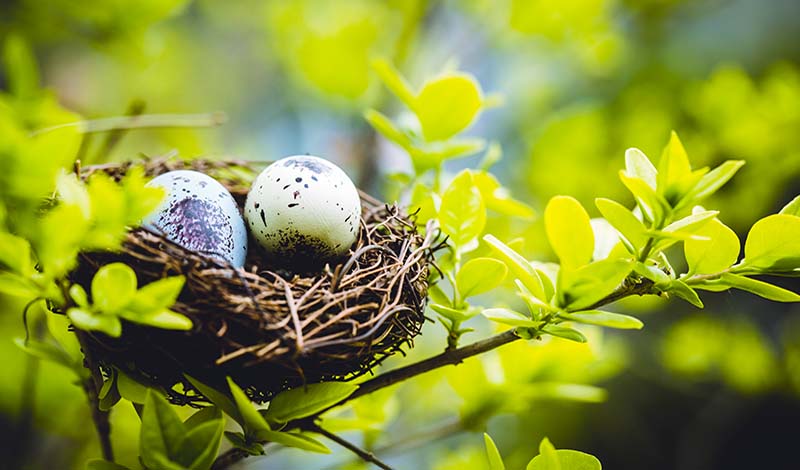
1.5-minute read
Where on Earth do you feel most at home? Are you a card-carrying urbanite, or do you have more of an affinity for big skies, fragrant forests, and babbling brooks? If you feel the most essential you-ness of you in nature, according to a new study, you may have been born that way.
Researchers investigating whether the desire to seek connections with the natural world is partly heritable have found the first evidence of a genetic influence on an individual’s preference for the great out there. A survey of 1153 pairs of identical and fraternal twins between the ages of 19 and 89 revealed that the identical twins shared the same inclination to pursue experiences in nature despite differences in their individual environments. Study participants who were genetically predisposed to get their nature fix were more motivated to make extra efforts to access a park, garden, or nature area.
Love of Nature: Pass It On
Whether through nature or nurture, passing on love for the living world is good for human health. The physical and psychological benefits of spending time in nature are indisputable, including reduced blood pressure and heart rate, and lower levels of anxiety and depression. Because 55% of the world’s population lives in cities with limited exposure to green space, understanding what inspires people to engage with nature is an important factor in creating healthy, urban environments that promote well-being.
Now, thanks to our planting partners at American Forests, it will be easier for city dwellers across the United States to get their fair share of nature benefits through the Tree Equity project, which aims to increase and accelerate the greening of urban areas. With a little help from our friends, Favorite World Press is creating more opportunities for everyone to make nature a part of their daily lives.
If you’d like to learn more about the innate human inclination to connect with the natural world and what it really means to be green, we highly recommend Biophilia by the father of biodiversity, Edward O. Wilson.
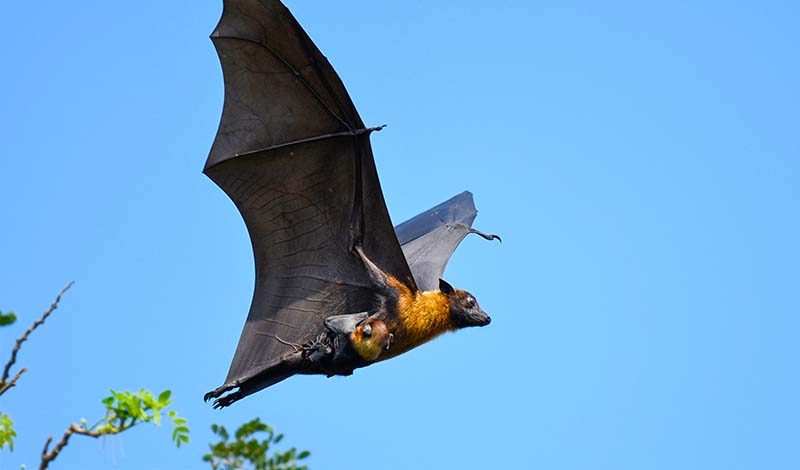
1.5-minute read
Recent advances in technology have enabled us to keep tabs on happenings just about everywhere in the world that we’re not, including hard-to-reach places in nature—like the underbellies of fruit bats, for example. Through high-resolution GPS tracking of the furry fliers, scientists are learning how next-generation tropical fruit pollinators acquire the navigation skills they need to take over the night shift and keep us well-stocked in bananas, mangoes, guavas, and cocoa. And the secret to their successful schooling? Baby fruit bats have a ticket to ride.
Researchers studying how bat pups learn to navigate to and from fruit-bearing trees believe the future pollinators are getting an upside-down, in-flight education from their mothers. Egyptian fruit bats head out of the cave at nightfall with their three to 10-week-old pups in tow and deposit them on drop-off trees while they forage nearby for food. The mom-bats check in with their babies as needed throughout the night and then pick them up and return to the cave before sunrise.
When the pups grew old enough to fly solo, scientists discovered they followed the same routes and roosted in the same trees their mothers had shown them. And if the newly independent bats failed to return to the safety of the cave before daybreak, they could count on their watchful moms to track them down. Even though carrying their babies to and fro while foraging takes more energy, the pollinating parents do the extra work so that pups can increase their odds of survival by observing how, when, and where to get down to bat business. Fruit bat see, fruit bat do.
But Magpies Say No
Conservation scientists have successfully used GPS and drone technologies to track and study the movements of creatures great and small, including whales, wolves, butterflies, and bats. However, because some animals seem to be very protective of their privacy, the information-gathering process doesn’t always go according to plan. As FWP’s favorite cartoonist First Dog on the Moon illustrates, Australian magpies defiantly opt out.
Audubon Photo Contest
A quick reminder that you have until March 9, at 12 p.m. EST to enter your best bird pics in the 2022 Audubon Photography Awards. You can read all about it here. The feathered ones await your winning photographic artistry.
And One More Big Thing
Big Life, one of the most effective conservation organizations in Africa, has released an inspiring short film celebrating their success in combating elephant poaching in Kenya and Tanzania. Please watch it here. And if you’d like to explore the stunning photography of Big Life co-founder Nick Brandt, we highly recommend his latest book, The Day May Break.
Because of the everything of everything else going on, if you’re in need of a video of a rescued baby bat enthusiastically enjoying fruit, you can find one here. They like making fruit, and they like eating fruit.
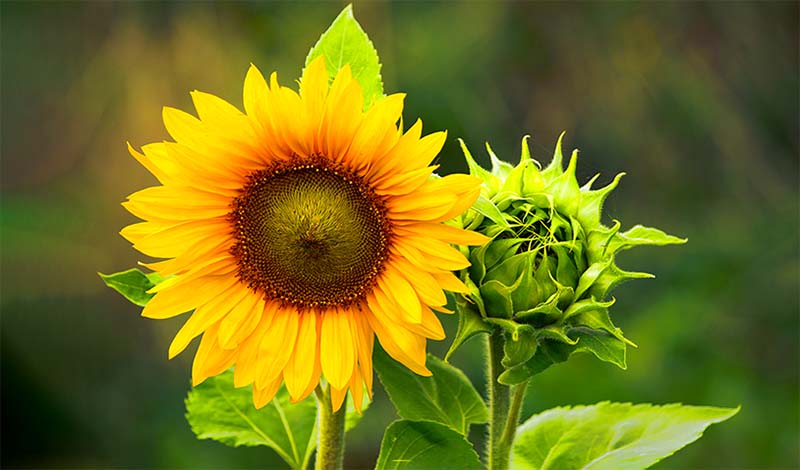
With love
and hope
for peace
Favorite World Press
If you would like to support the people of Ukraine,
Global Citizen has 30 meaningful ways that you can help.
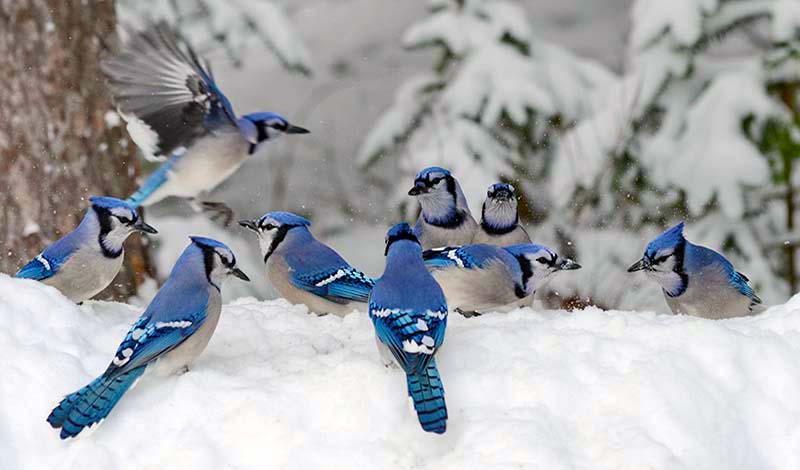
1.5-minute read
It’s almost here—the 25th annual Great Backyard Bird Count! Wherever you are on the planet, from February 18th through the 21st, the GBBC is your chance to get out and about and let the world know how many of our feathered friends can be found on your patch.
If you’ve got 15 minutes to spare this weekend, you’ll find everything you need to add to the global critter count, courtesy of Audubon, The Cornell Ornithology Lab, Birds Canada, and eBird:
Free Webinar: On Wednesday 16th at 2 pm EST, avian aficionados of all ages and experience levels can get pro tips on identifying creature features and how to do an official count, bird by bird.
How to Participate: You can download a printable checklist to find out who’s who in your area, access the Merlin ID app that covers bird species on seven continents in 12 languages, and find tools to upload your tally to eBird via your mobile or desktop.
Global Live Map: You’ll be able to keep tabs on sightings around the world as birdwatchers upload their observation lists. If you get bird envy when the Southern Hemisphere goes online, we can relate. It’s a bird-a-palooza down there.
In case you need more of an incentive to bird watch your way out of the winter gloom, according to a new study, in addition to being important pollinators, the winged songsters improve our well-being—and the more birds in our environment, the better we feel. So, grab your field glasses, head on out, and give birds and your mood a boost! In anticipation of endorphin elevation, let’s do a practice count together—bird, bird—bird, bird, bird. Don’t you feel better already!
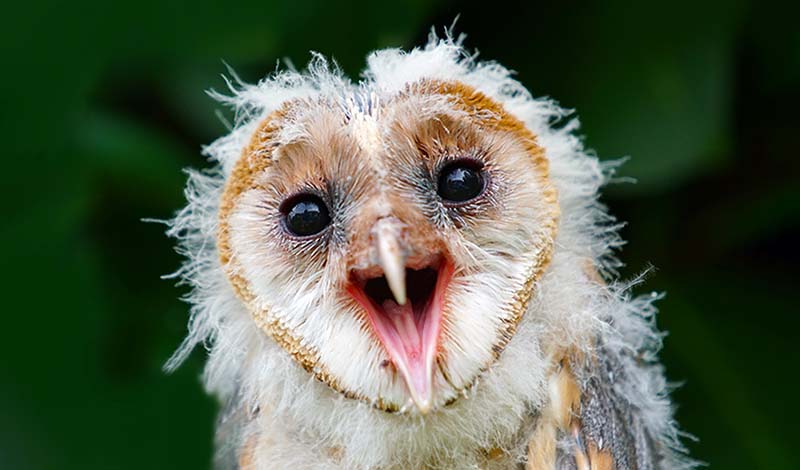
From The Owl, by Louise Driscoll:
If it were not for you and your long cry
I might forget
How very old the world is, and how long
Song after song
Has gone like a silver arrow toward the light
Tinted with rose and purple at the breaking
Of the day and night.
Did you know that
the endearing, heart-shaped face of the barn owl
helps the nocturnal bird
to pick-up and amplify sounds
as it silently flies
over the night landscape?
For the love of nature
– XO –
LSF • WW • FWP
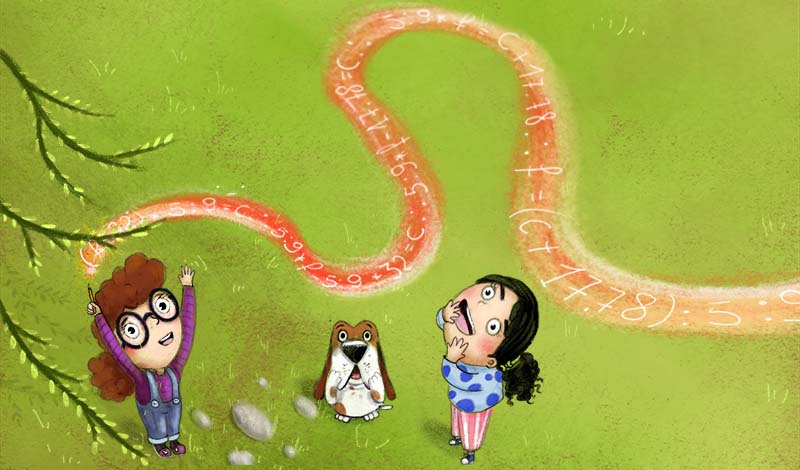
7th Anniversary of the Global Movement:
Equity, Diversity, and Inclusion
Here’s to the strivers:
the inspiring idea generators,
the persistent problem solvers,
the brainy, brave, big-hearted
thinkers and doers
working every day
to make the world
a better place.
Favorite World Press &
Frankie and Peaches
Salute You!
Illustration: The Pancake Girl
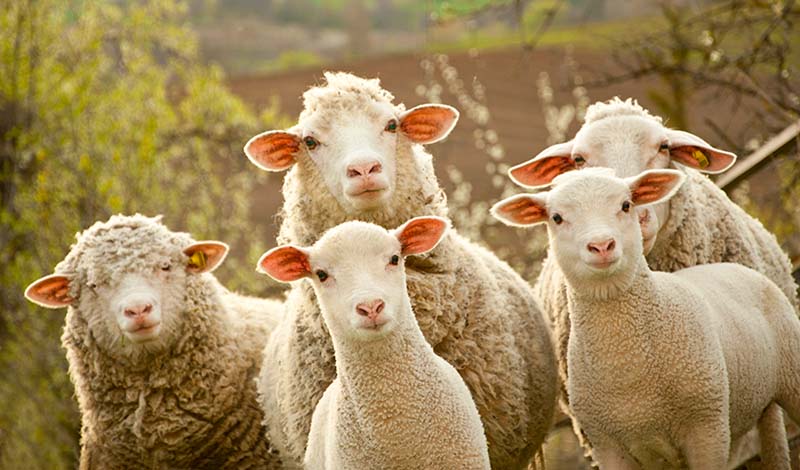
1.5-minute read
How would you rate your facial recognition skills—excellent, or fair-to-middling? Perhaps you’re in the rare category of super-recognizers that can memorize and recall thousands of faces after a fleeting glance. Or maybe you’re more of an out-of-sight, out-of-mind observer of your fellow humans. And how do you think your facial recall abilities stack up against members of the animal kingdom?
According to neuroscience researchers at the University of Cambridge, most people can recognize familiar faces within milliseconds and identify unfamiliar faces after repeat viewings. We share our ability to remember familiar faces of our kind with chimpanzees, rhesus macaques, cattle, pigeons, goats, honeybees, and sheep. Some animals, including dogs, horses, and sheep, can also distinguish familiar faces from other species. You may be interested to learn that when it comes to remembering unknown faces, our wooly farmyard friends have advanced facial recognition abilities that rival those of humans and non-human primates.
While sheep were known to have the ability to identify faces of flock members and familiar people from photographs, the Cambridge research found that female Welsh Mountain Sheep could also learn to recognize unfamiliar faces in photos. After repeat exposure, the sheep in the study were able to identify Barack Obama, Emma Watson, Jake Gyllenhaal, and newsreader Fiona Bruce from a two-dimensional image. Unless they were covertly flipping through tabloids back at the barn, the cloven-hoofed herbivores’ recall of people they’d never interacted with is pretty darn impressive. The clever creatures were also able to recognize a familiar or unfamiliar face in a photograph even when presented from a different perspective, an ability that was previously only known in humans.
So, the next time you come across a flock of sheep in your travels, don’t let their placid faces fool you. There’s more going on behind those cud-chewing exteriors than meets the eye. Do ewes remember you? Don’t be surprised if they do.
Btw, if you never forget a face—any face—and think you may have exceptional recognition abilities, you can take this Scientific American quiz to find out if you qualify as a super-recognizer.
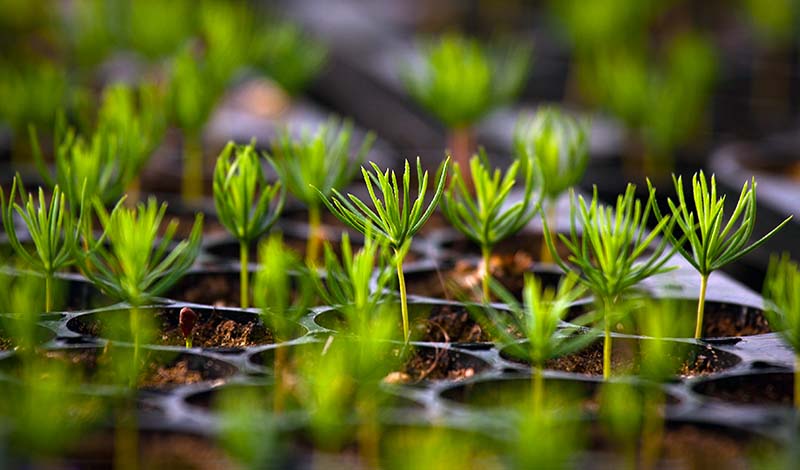
1.5-minute read
A breath of fresh air, a drink of clean water, a cool patch of shade, a safe home for hatchlings—the planetary perks provided by forests and trees are undeniable. Across the United States, there is a potential to reforest 133 million acres. Planting just half of that acreage by 2040 would require an astronomical 34 billion tree seedlings. Getting from seedling to sapling to reaping full forest benefits requires an essential first ingredient—seeds; and right now, there is a nationwide shortage. As a result of record-breaking fire seasons and climate change-induced drought across the Western states, including Texas, California, Oregon, and Washington, seed banks are almost empty.
To help meet national reforestation goals, our planting partners, American Forests, are launching the Seed Collection Corps to replenish seed banks and ramp up seedling production. By training people how to collect, process, and store native tree seeds, American Forests is making a critical investment in the planet so that forests that nurture the health and well-being of people and wildlife have a fighting chance at survival.
Big bucks for regreening
There’s even more tree-mendous news for 2022. Thanks to the REPLANT Act becoming law, America’s forests will get their fair share of funding: $425 million for post-fire recovery, $200 million for a national seed and seedling strategy, $100 million for the Collaborative Forest Landscape Restoration Program, $1.5 billion for state and private forestry, and $200 million for tribal restoration priorities.
At Favorite World Press, we’re beyond pleased to support national reforestation projects by planting one tree for every print or e-book sold from Frankie and Peaches: Tales of Total Kindness. Thanks so much for reading with us. Thanks so much for planting with us.
And a few quick ease-into-Monday items
According to a new study out of the University of Michigan, there are close to 73,000 tree species on Earth, including about 9,200 yet to be discovered. Who knew? Now you do!
If you need even more green goodness in your life, you can now green your Wordle. Fill in the environment and climate change-related blanks here.
Would you like to soothe yourself with some creature-cam toing and froing? Courtesy of Audubon, you can get a bird’s eye view of a puffin burrow complete with a freshly hatched puffling. They’re a chatty bunch of seabirds!
And one more thing, good people, Plastic-free February kicks off this week. If you’d like to try to cut down your use of the indestructible stuff for one month, you can get tips and support from Clear Community right here. Challenge accepted? Challenge accepted!
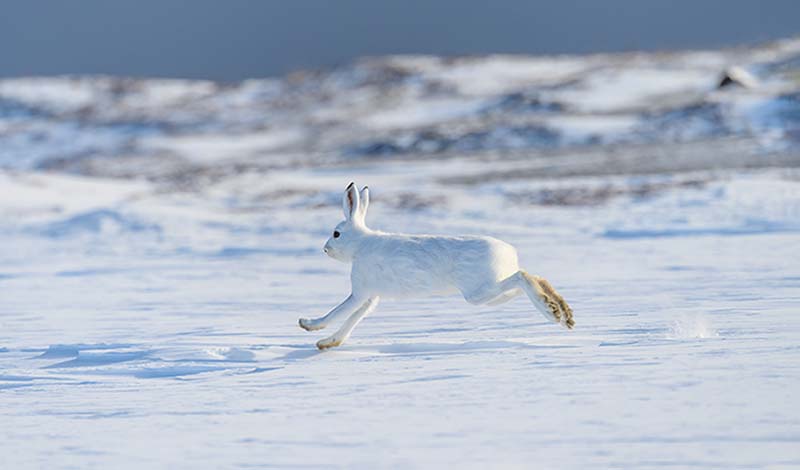
1.5-minute read
Whales, wolves, and wildebeest do it. Butterflies, bats, and birds do it. What do they do? Migrate—traveling hundreds and sometimes thousands of miles every year to secure food, water, and family-friendly habitat. While some animals have the natural capacity for long-distance movement, Arctic hares are not known to travel far afield. Despite what may seem like a big-footed advantage, the hopping herbivores typically shift their seasonal location by less than six miles. But in the autumn of 2019, one determined female decided to cover new ground and go the distance—and go, go, go she did.
According to Canadian researchers tracking the movements of 25 Arctic hares, the lone ranger known as BBYY traveled 241 miles over 49 days—the longest recorded journey for her species. Because traveling great distances requires a lot of energy, staying local increases the odds of survival in smaller land animals like rabbits and hares. So, what compelled BBYY to thump across the tundra and boldly go where no hare had gone before? Scientists studying the movement of the Arctic animals conjecture that the intrepid hopper may have been motivated to go those extra miles by the slightly warmer microclimate and more abundant plant life at her lakeside destination.
And why on Earth does Arctic hare mobility matter? Like conservationists tracking the movements of elephants in Africa, researchers are keeping tabs on when, where, and why Arctic critters move. Understanding how the animals adapt to environmental change and what it will take to keep northern food webs and ecosystems healthy and functioning will benefit both people and wildlife in a warming world.
In case you were wondering, FYCI (For Your Creature Information), hares and rabbits are two different kinds of hoppers. Rabbits are typically smaller, have shorter ears and legs than hares, and are born without fur. A group of hares is known as a down, a band, a husk, or a warren, and a group of wild rabbits is known as a colony or a… fluffle. No, not making it up—fluffle. And that’s our perfectly soothing word of the week. Fluffle on, fellow travelers!







“Kindness is contagious. Pass it on.”




April 26, 1785 – January 27, 1851
Graveyard at the Church of the Intercession in the Trinity Church Cemetery and Mausoleum at 155th Street and Broadway.

















Yeah, okay, but can you do this?

100 blog posts = sparklers + cake mountain!


Strenuously exercising on the inside!

“It’s going to be alright!”

























FWP News?
Sign up for new releases, promotions, and free stuff! We email very sparingly.
FWP News?
Don’t get up. We’ll come to you.
Sign up for new releases, promotions, and free stuff. We email very sparingly.
We don’t share our mailing list with anyone. Ever.
FWP News?
Sign up for new releases, promotions, and free stuff! We email very sparingly.